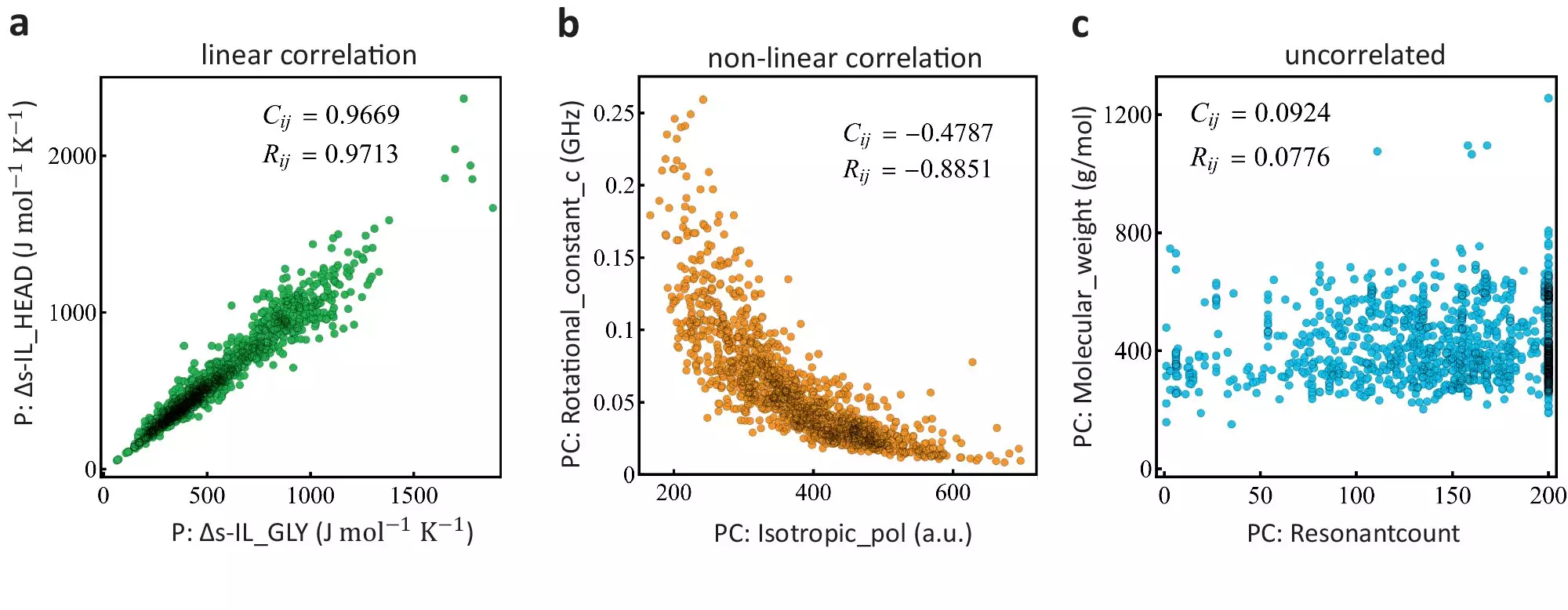In the modern era, pathogens have become increasingly resistant to antibiotics, posing a significant threat to public health. The challenge of discovering new types of antibiotics has led researchers to explore innovative approaches, one of which involves the use of machine learning. A recent study conducted by a research team at Los Alamos National Laboratory has shed light on the potential of using artificial intelligence to identify molecular properties that could aid in the discovery of effective antibiotics.
One of the main obstacles in antibiotic development is the resistance of pathogens, particularly gram-negative bacteria, to traditional antibiotics. These bacteria have outer membranes that are less permeable to compounds, making it difficult for antibiotics to penetrate and effectively target the bacteria. Additionally, the bacteria have mechanisms to expel any compounds that do manage to enter, further reducing the efficacy of antibiotics. This has created a pressing need for new approaches to antibiotic development.
Utilizing Machine Learning
The research team at Los Alamos utilized machine learning to identify key molecular properties that could help overcome the defenses of gram-negative bacteria. By analyzing a diverse range of compounds and determining the properties that would enable them to permeate bacterial membranes, the team was able to develop a model that could predict the success of certain compounds in penetrating bacteria’s outer membranes. This approach not only streamlines the screening process for potential antibiotic candidates but also lays the foundation for similar studies in other gram-negative pathogens.
The findings of the study provide valuable insights into the molecular properties that are crucial for the successful development of new antibiotics. By utilizing high-performance computing capabilities, the research team was able to extract detailed molecular properties from simulations, allowing them to pinpoint the key descriptors associated with effective permeation of gram-negative bacteria. This knowledge opens up new possibilities for targeted drug development and has the potential to revolutionize the field of antibiotic discovery.
The integration of machine learning in antibiotic discovery represents a significant advancement in the field of biomedical research. By harnessing the power of artificial intelligence, researchers are able to identify novel compounds with the potential to combat antibiotic-resistant pathogens. The insights gained from this study pave the way for future data-driven studies in antibiotic development and offer hope in the ongoing battle against antimicrobial resistance.


Leave a Reply